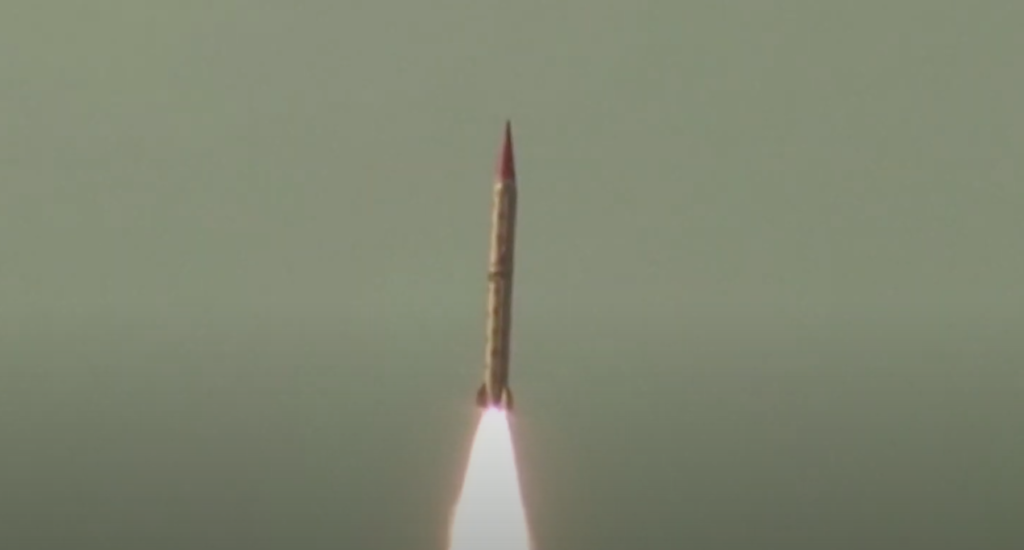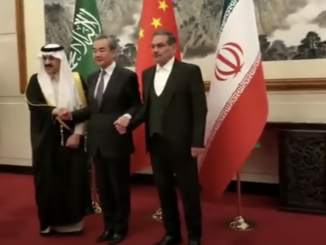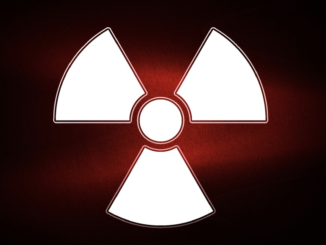
Pakistan’s nuclear weapons program over the years has been subject to criticism, including safety and security concerns, the myth of the fastest-growing program, or the diversion of resources towards them; it faced all. However, looking at the harsh geopolitical and strategic reality, the efforts to build and maintain them are worthwhile and vindicated. They have fulfilled the objective of their development by adding to the security of Pakistan against its arch-rival, India.
Pakistan became the seventh nuclear weapon country when it detonated six nuclear devices on 28th and 30th May 1998. The testing of nuclear weapons became a compulsive necessity after India had conducted its tests earlier on 11th and 13th May 1998. Indian nuclear tests had embarked on a new era of deterrence and disturbed the strategic balance in the South Asian region. Pakistan’s tests restored it.
Unlike India, which mainly had the prestige aspect, the primary factor behind the development of nuclear weapons for Pakistan was the security guarantee against existential threat from its nuclear neighbour. There is a disparity between Pakistan and India when it comes to conventional weaponry and resources. Moreover, historically it has faced Indian aggression in three major wars in 1948, 1965, and 1971. After the Fall of Dhaka in 1971, Pakistan’s political leadership started to think about the idea of acquisition of nuclear capability as the ultimate weapon for its security. On the other hand, India had already developed critical nuclear infrastructure and its nuclear ambitions were no secret either. However, after the so-called Peaceful Nuclear Explosions (PNE) by India in 1974, Indian nuclear aspirations became self-evident. It left no option and there was no turning back for Pakistan after those tests.
Over the next decades, Pakistan’s journey to master nuclear technology and build a bomb was a journey of dedication and devotion from the start till the successful tests in 1998. It was also a success to the defiance, to all the impediments and technological denial by the West. The decision to test nuclear weapons was also made after resisting extreme pressure from West not to conduct tests. However, it was a compulsive strategic decision for Pakistan under emerging security dynamics and threat perception from its neighbour, which had changed after the India’s 1998 tests. The sudden change in South Asian strategic environment only demanded a show of capability and resolve from Pakistan. It was the ‘now or never’ moment for Pakistan to balance the strategic equilibrium and deter India’s belligerent policies and aggressive behaviour towards Pakistan.
In parallel, the ruling Indian Bharatiya Janata Party (BJP) had started flaunting their capability and making threats to Pakistan. For instance, Deputy Prime Minister L.K. Advani bluntly threatened that since India possessed the bomb, Pakistan should watch its steps in Kashmir. Subsequently, Pakistan could not have ignored those threats and provocations from India; therefore, it went ahead with the strategic decision to test nuclear weapons.
Since 1998, the presence of nuclear weapons on both sides of the border has ruled out the option of a conventional war between India and Pakistan, hence restoring nuclear deterrence. This has been evident from all the major military crisis between them after the tests. Starting from the Kargil crisis in 1999, the Twin Peak crisis in 2001-2002, Mumbai attacks in 2008, to the recent Pulwama crisis; all these crises have diffused and ceased without any major military adventure between both countries. The primary reason is that nuclear weapons were at play.
Not only did the leadership in both the countries anticipate the role of third parties to mitigate the crisis, but also the third parties, mainly the US and China, were also eager to diffuse the tensions between the two nuclear powers.
Not being able to initiate a war with Pakistan in the changed reality, India developed plans of limited conventional war with Pakistan under the Cold Start Doctrine since 2004 to punish Pakistan for the alleged support to the freedom struggle of Kashmiris. However, under the BJP government, ideas such as CSD are entering the mainstream and maturing due to its irrational and nationalist mindset, which will be consequential not only for the South Asian region but also for the world. Additionally, Pakistan had always based its nuclear deterrence policy on minimalism yet countering the full spectrum of threats from India. Therefore, it has developed smaller range nuclear weapons, Nasr, and also strengthened conventional capabilities to counter the Indian Cold Start Doctrine.
It is important to note that the same BJP was in power when India conducted nuclear tests in 1998 and the same BJP is in power now which is trying to test regional strategic stability. The current BJP leadership has increased violence in Kashmir, abrogated its special status, and brought the idea of surgical strikes in Azad Kashmir or mainland Pakistan.
During the Pulwama crisis last year, India dropped munitions within Pakistani territory using its air force. Pakistan responded and reciprocated through military action and buried the notion of compelled major military combat between two nuclear powers.
These past unpleasant events show that nuclear weapons have deterred limited or full-scale war between India and Pakistan and one can hope that they continue to do so. Therefore, nuclear weapons have served the purpose of deterrence stability between India and Pakistan. However, maintaining stability is not a one-time action but a continuous effort and ongoing process. New challenges can emerge along with new solutions, subsequently maintaining the status quo.
![]()




Be the first to comment